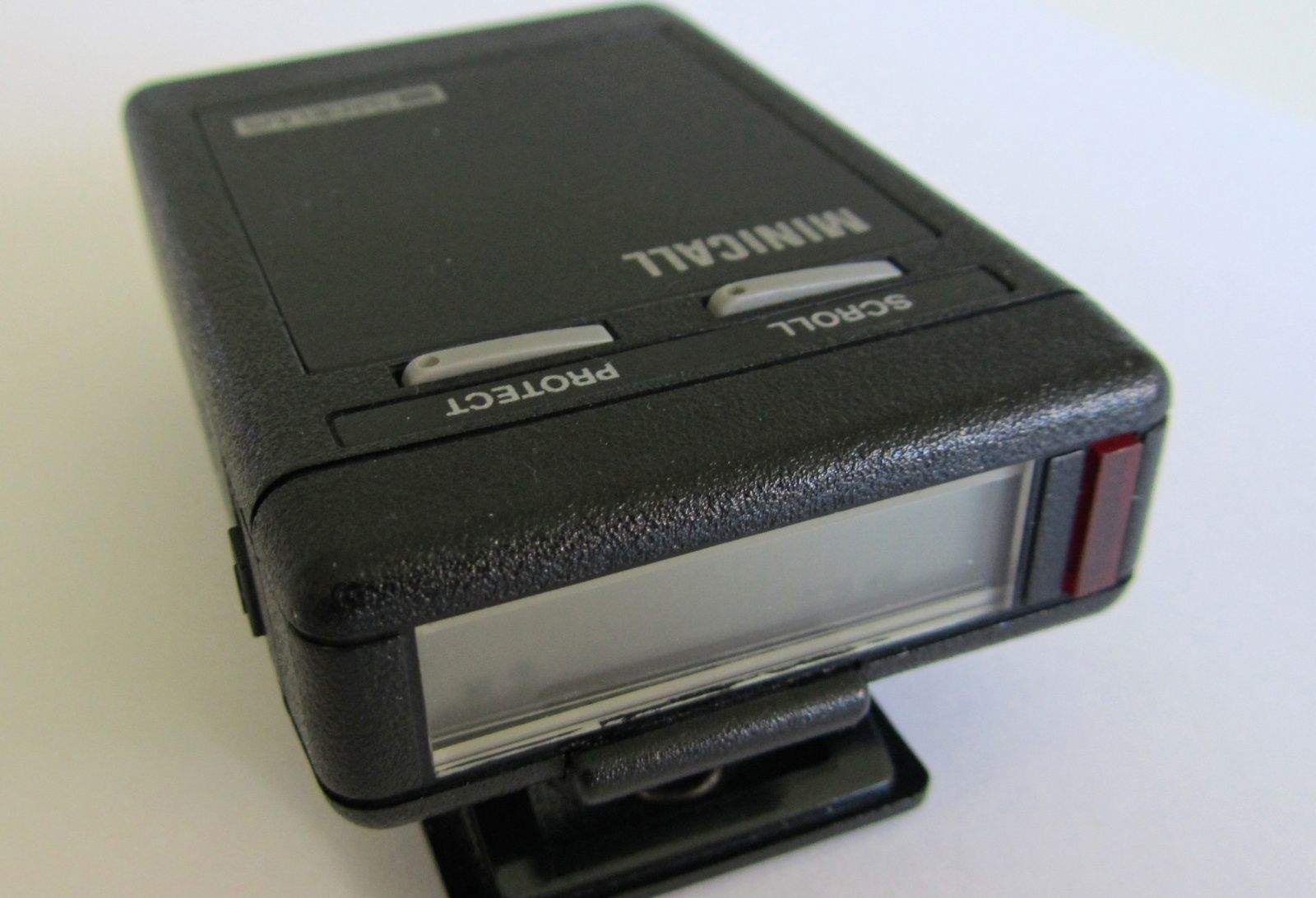It’s been decades since pagers played a central role in our tech lives, but the beeper is causing some headaches for Apple lately. A federal jury just slapped Apple with a $23.6 million fine for infringing patents related to ’90s technology.
Mobile Telecommunications Technologies sued Apple last year for violating several of its patents that govern two-way exchanges of data. Apple services such as iMessage, calendar invitations and emoji allegedly violated the patents, and after six hours of deliberation, the jury found Apple was guilty of five out of the six charges.
TTexas-based MTel was an emerging wireless pioneer in the 1990s with its two-way paging system that paved the way for more advanced wireless communications. The company was suing Apple for damages of $237.2 million, but the jury awarded just a fraction of that figure.
This isn’t the first time Apple’s had beeper problems lately. Last month, Apple came away victorious from a $94 million civil suit filed by a Honolulu company.
While MTel didn’t get all the money it was hoping for, the company’s attorney applauded the jury’s verdict, saying it finally gives credit to the those who came before Apple to advance the state of technology.
“The guys working back then at SkyTel were way ahead of their time,” said Andrew Fitton, chief executive officer of United Wireless. “This is vindication for all their work.”
Source: Bloomberg



9 responses to “Apple slapped with $23.6 million fine for infringing pager patents”
I’m a little confused as to what this lawsuit was about. Could someone please explain what Apple could possibly have stolen from pagers? And what do Emojis have to do with anything? Did Apple claim it invented Emojis and calendar invitations? Any explanation would be appreciated.
first, the article is titled wrong. It is NOT “fined”. Apple was found to infringe one or more patents, and the amount specified is to pay royalties to the company that owns the patent.
second, you could try reading the actual article, which mentions specifically mentioned “…violating several of its patents that govern two-way exchanges of data. Apple services such as iMessage, calendar invitations and emoji allegedly violated the patents…”
I don’t know whether we can call it royalty. That patent validation is expired by now. If this law suite is brought by a foreign enterprise and the verdict is made by ITU, Apple could just ignore the whole thing.
It’s still a royalty, even if the patent is expired now. It is royalties for the period of time when the iPhone originally came out to when the patents expired.
Anything that is patented is open to public. You can go to USPTO website right now and view any patent document without any restriction. So there is no such thing as “stealing” in patent world; only “unlicensed” use of patent.
Patent is all about method. If I’ve patented a method that allows two ends to make conversation by sending one-way digital short text messages, any form of implementation that utilizes this concept is infringing my patent.
Ok guys, thank you for your clarifications. However, this does not make any sense to me, as I’m not familiar with all that you mention. I’ll ask the question again: What do emojis have to do with it? Did a pager company have the patent on emojis? Did Apple then make an “unlicensed” use of emojis, calendar invitations, etc.? Because to me this sound strange as (a) I didn’t know emojis were invented by a pager company and (b) everyone is using emojis nowadays.
Let me know if I’m getting this all wrong.
I did not read the whole documents, but I can assure you that emoji itself is not a patentable object. However, emoji COULD be part of the terms (or “claims” in profession words) in the patent body.
For example, I’d claim the use of emoji in message like this: “the end user can express extra information, such as emotions, by choosing from a set of prefixed symbols, which is compose with predefined printable letters, and attached the symbol to the message body…” something like that. The key point is not WHO invented emoji, but HOW the emoji is used in the message communication process.
If they DID have such claims in the patent, and the USPTO guys did not complain about it there is no doubt that Apple (and many other instant messenger service provider) was infringing that patent.
I know it sounds crazy, but it’s part of the patent system. Fortunately USPTO now set a higher standard for patent quality, and they won’t let such patent claims pass so easily. I can assure you that, as quite a few of my patent applications were rejected due to similar issue.
Thanks Richard, it still sounds a bit complicated, but I get the picture now.
I mean its not like the suit is about something meaningful like patents on rectangles and wedge shapes….